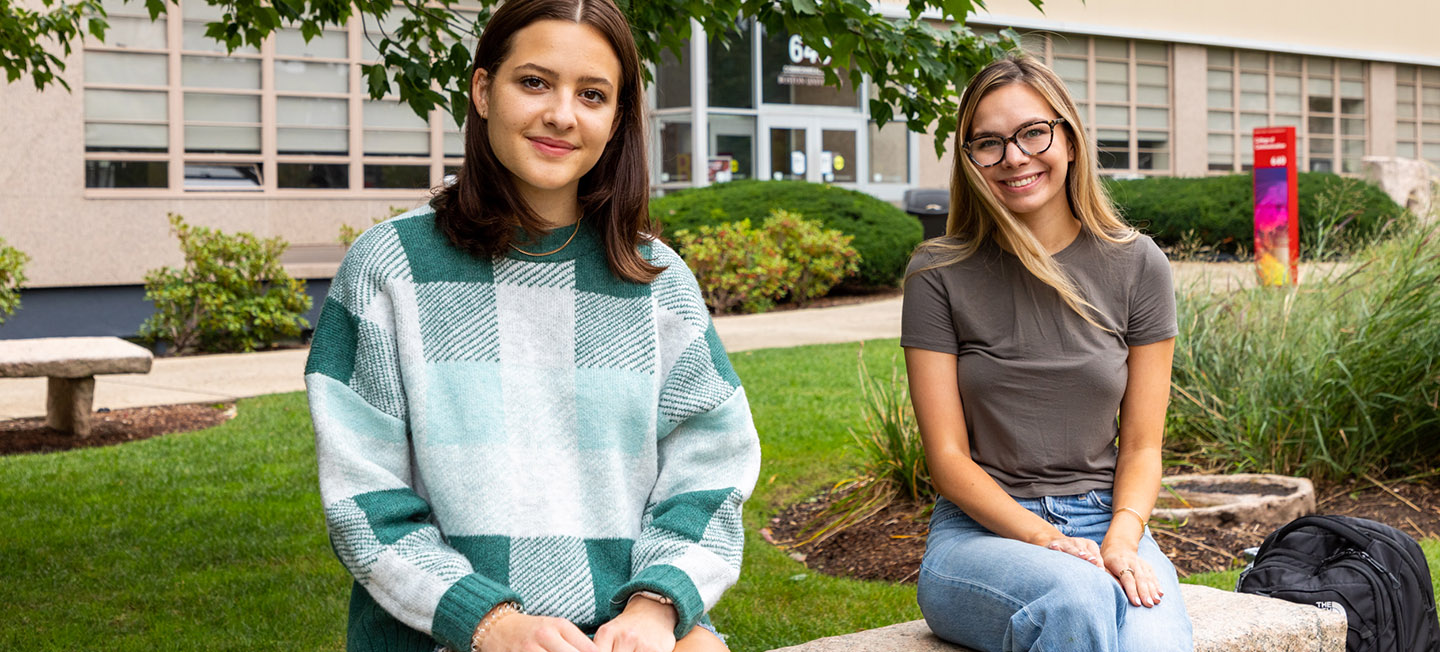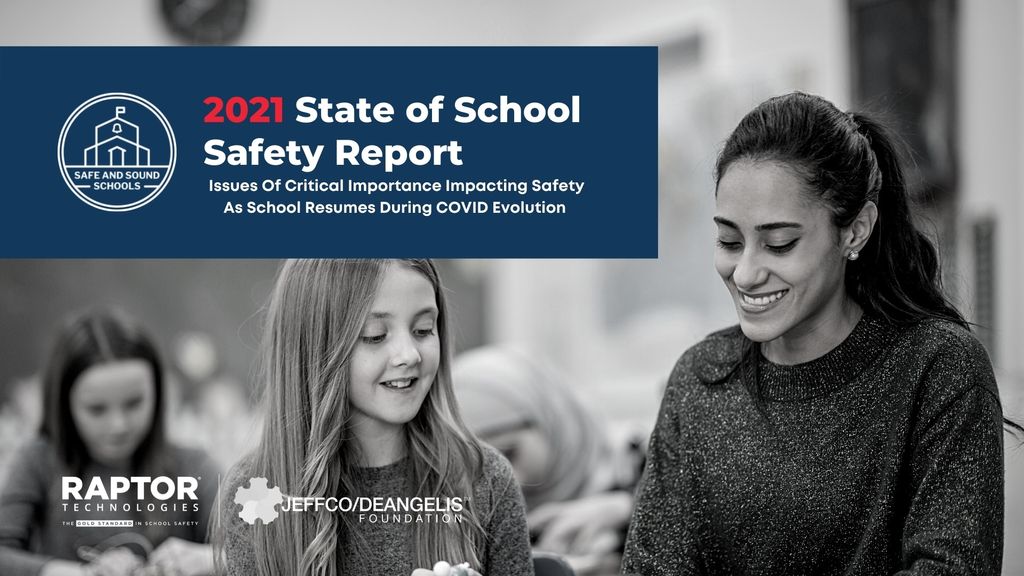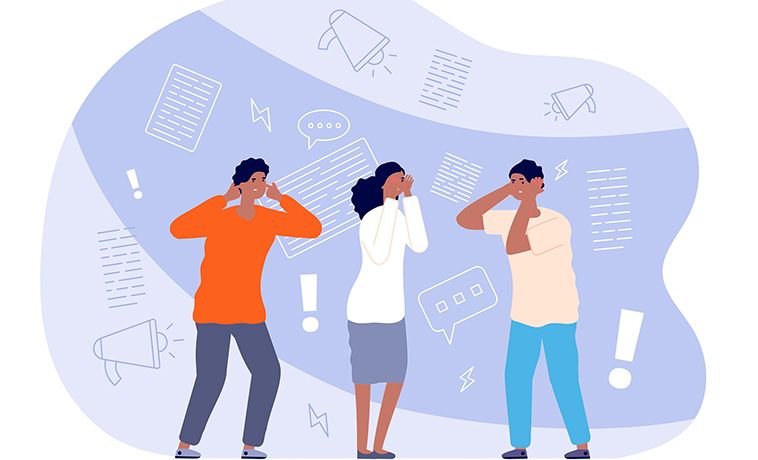Student Research, Safer Schools
COM’s Communication Research Methods aids nonprofit created in wake of Sandy Hook shooting

COM students Molly Brown (right) and Grace Lechner were part of the student team providing research last spring to the 2021 State of School Safety Report. Photo: G. Lepiarz.
As schools try to get back into their groove with in-person learning this fall, they’re balancing COVID prevention with all the usual back-to-school health and safety issues. Threats from bullying, discrimination, substance use and mass shootings haven’t gone away, even if they’re not dominating the conversation like masks and vaccines.
One resource many educators turn to for support in navigating common problems—old and new—is Safe and Sound Schools’ annual State of School Safety Report, a guide to issues as diverse as discrimination and digital security, coronavirus and active shooter drills.
It’s one of the nonprofit’s signature efforts, full of recommendations and advice—all underpinned by stats from a survey of student, staff and parent attitudes on key safety topics. But pulling together the data at the heart of the report is a lot of work, which is why Safe and Sound Schools partners with COM to produce it.
For the past three years, the survey results have been compiled, interpreted and presented by students in Anne P. Danehy’s Communication Research Methods class, a required course for public relations and advertising undergraduates.
Danehy admits that students aren’t always fired up about compulsory classes—especially ones that talk about seemingly dry topics like survey measures and scales—which is why she divides them into small groups to tackle real research projects. Many of the assignments are client-led, like that with Safe and Sound Schools.
“They get really excited about their findings,” says Danehy, a master lecturer and associate dean for academic affairs. “And they get a lot of pride in their work by working with a real client, working with somebody who’s actually going to use that data and make use of it, especially on a topic that’s so important.”

Founded by two parents whose children died in the 2012 Sandy Hook Elementary School shooting, Safe and Sound Schools’ mission is to protect schools and students by providing crisis prevention, response and recovery support.
“What I hear from my students is that they want to do work that matters,” says Danehy. “This is a project that matters to them.”
The students also work closely with Amy Shanler, an associate professor of the practice of public relations and longtime adviser to Safe and Sound Schools. She developed its first annual safety report and turned to Danehy and her students for help producing subsequent editions.
According to Shanler, the students’ passion enthuses the Safe and Sound Schools team, calling it “a charging opportunity” for the nonprofit. She says there are other benefits to working with COM, too: The students are only a few years out of high school themselves and each cohort brings new and diverse experiences to the work. They also have fresh promotion and outreach ideas based on how they consume media. Shanler says the report used to be a lengthy text document—until students suggested a brighter, presentation-style format packed with images and callouts, as well as the usual stats and facts.
What I hear from my students is that they want to do work that matters. This is a project that matters to them.
Anne P. Danehy
The robustness of the research in the report has helped build the nonprofit’s credibility, Shanler says, opening new relationships with schools and districts. The findings also inform the services and training it offers, allowing it to tailor programs to changing needs.
“Schools can see this isn’t a fluffy program—this is real grounded research,” says Shanler, who also codirects PRLab, COM’s student-led public relations agency. “And it just really helps with overall awareness and reputation having the name of Boston University behind you with that research.”
Other recent projects by students in Danehy’s class have included deep dives into thought leadership for a PR firm, drinking habits for a nonprofit, and sneaker branding for New Balance. The practical work is an opportunity for her to tease out key lessons: the importance of balancing excitement for a project with a client’s goals, why scaled questions (“on a scale of 1 to 5, how do you feel about…”) give more nuanced results than a simple “yes or no.”
“It makes them very disciplined researchers,” says Danehy.
It’s a service and opportunity the two professors encourage other organizations to take advantage of, whether they’re nonprofits, small businesses or corporations.
“I’d love for them to be open to student collaborations, be willing to see the benefit and value of student collaborations,” says Danehy. “Whether it’s speaking in a class or working with PRLab.”


